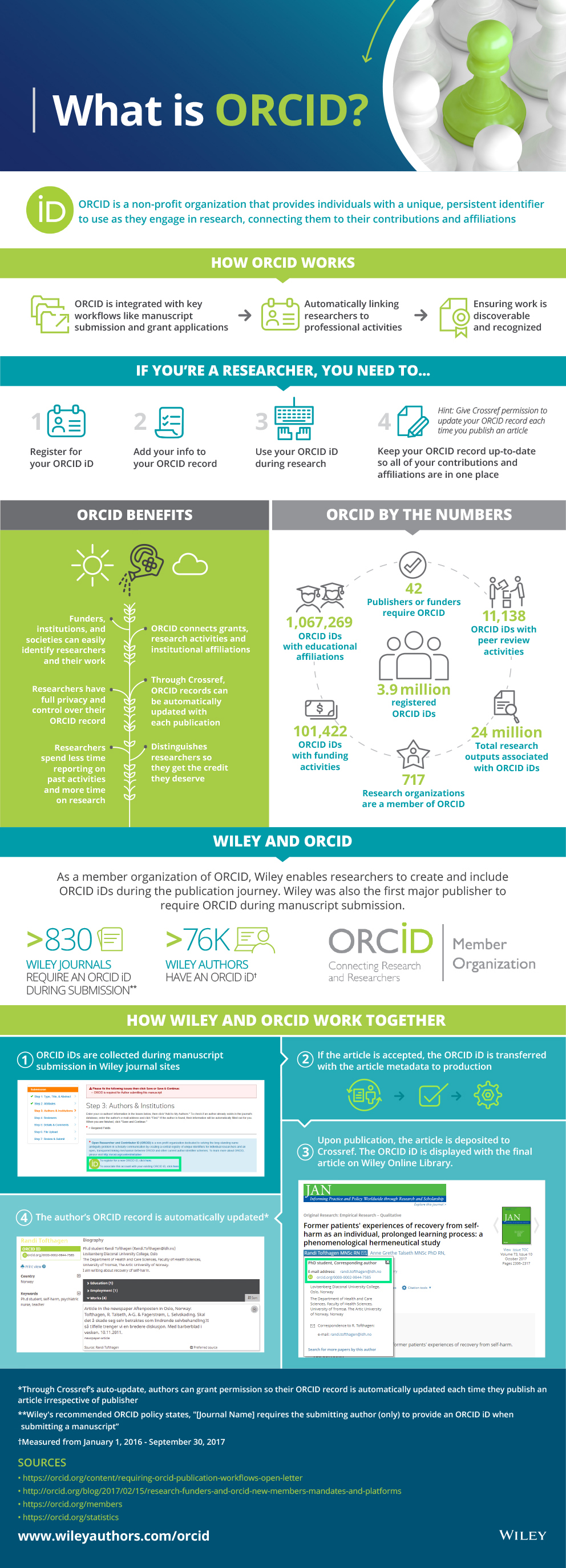5-options-to-consider-after-article-rejection
In last weeks’ blog post, we looked at some of the most common reasons behind the rejection of manuscripts, but what if you’re on the receiving end of a rejection? Peer review is about making your paper the best it can possibly be, but if your paper has been rejected, knowing this doesn’t make it any easier. However, it’s very common for papers to be rejected; studies have shown that around 21% of papers are rejected without review, while approximately 40% of papers are rejected after peer review.
So, what are your options if your manuscript is rejected? If your paper was rejected without review due to it falling outside the aims and scopes of the journal, you should find a new journal to submit to (find tips on choosing the right journal for you here). If you receive your rejection after review, you should have some good suggestions about possible improvements you could make to your paper. Some of the options you might want to consider include:
1. Make the recommended changes and resubmit your manuscript to the same journal.
If you’d like to publish in a particular journal, and the editor has indicated that they will accept your paper if revisions are made, then this is probably your best option. However, if your paper was rejected outright and the editor doesn’t want to reconsider, you should respect this decision and submit elsewhere.
2. Make changes and submit your manuscript to a different journal.
First, take into account any recommendations you may have received during the first round of review, and if necessary, work on improving your manuscript before submitting it to another journal. Don’t forget to adjust any details such as the cover letter, referencing, and any other journal specific details before submission to a different journal.
3. Make no changes and submit your manuscript to a different journal. This is an easy option, but one that you should probably avoid. To begin with, any suggestions made during the first round of review could lead to improvements in your paper; not taking these suggestions into account would be missing the opportunity to increase your chance of acceptance at the next journal. Secondly, there is the possibility that your manuscript may be assessed by the same reviewers at the new journal (especially if you work within a niche field). Their recommendation is unlikely to change if you haven’t addressed any of the concerns raised in the previous review.
4. Discard the manuscript and never resubmit it. You might decide that it’s not worth the trouble of resubmitting your manuscript, but remember that your work is still valuable. It may be that the data you have collected is useful to someone else, or that your paper could help another researcher avoid generating similar negative results. You could consider posting your paper to sites such as figshare or Dryad, where it will be both accessible for others and citable.
5. Appeal the decision. If you feel that the decision to reject was unfair, or there were major flaws in the review process, then as the author you have the right to appeal. Most journals will have a publicly described policy for appealing editorial decisions. It’s important to remember that, as much as rejection hurts, your decision to appeal should be based on logic rather than emotion.
You should appeal if you believe that any misconduct has taken place, or a legitimate misunderstanding or error that has led to the decision to reject your work. Make it clear to the editor why you are appealing the decision and be careful not to use emotive, combative language. If your work has been rejected based on the scope of the journal, or its perceived impact, then appeals are unlikely to be successful.
What steps have you taken after an article rejection? Share your thoughts in the comments below.
Image Credit/Source: eternalcreative/Getty Images












